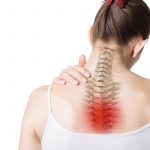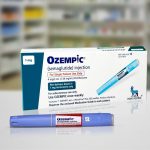
A heart-pounding workout suppresses a person’s hunger levels better than less strenuous exercises like a brisk walk or active yoga, a new study shows. Running, swimming laps or taking a fast-paced spin class is more effective in suppressing the hunger hormone ghrelin than less intense exercise, researchers report. What’s more, women might respond better than men to this sort of exercise, results show. “We found that high-intensity exercise suppressed ghrelin levels more than moderate intensity exercise,” said lead researcher Kara Anderson, a postdoctoral fellow with the University of Virginia School of Medicine. “In addition, we found that individuals felt ‘less hungry’ after high-intensity exercise compared to moderate-intensity exercise.” For the study, researchers examined eight men and six women. All fasted overnight and then completed exercises of varying intensity levels. The intensity of their exercise was measured by levels of lactic acid in their bloodstream. Lactic acid is produced in the body during intense physical activity. The researchers then tested participants’ blood levels of ghrelin, and asked them to self-report their appetite levels. Ghrelin has been shown to have wide-ranging effects in the body, influencing energy balance, appetite, blood sugar levels, immune function, sleep and memory, researchers noted. Women had higher levels of ghrelin prior to exercise, compared to men. But only women had significantly reduced levels of acylated ghrelin — one form of the hormone —… read on > read on >


















